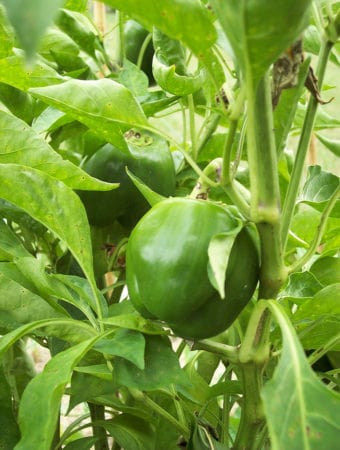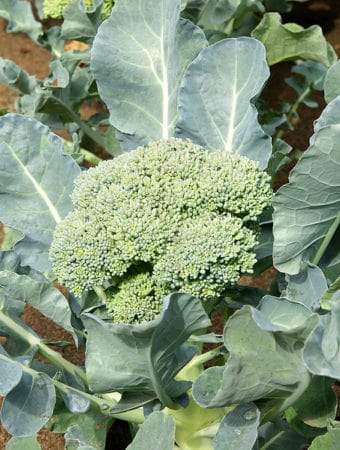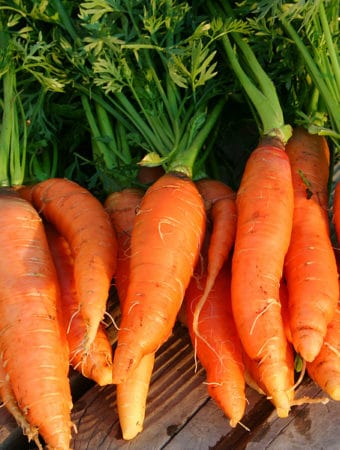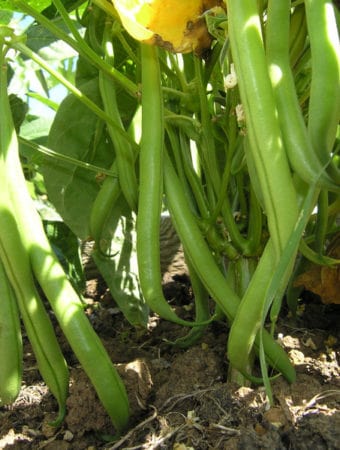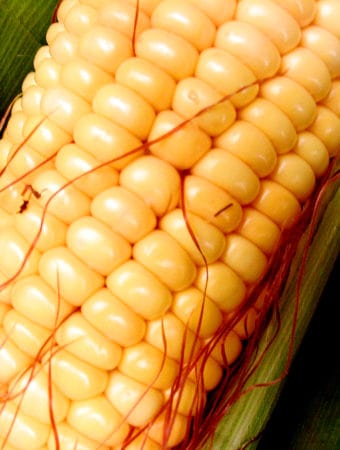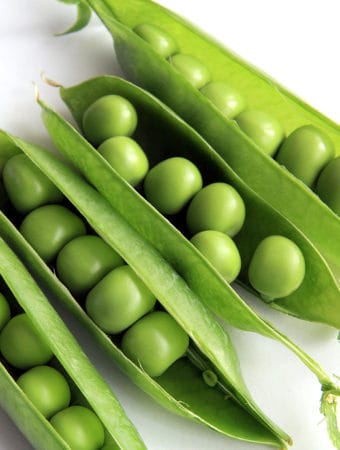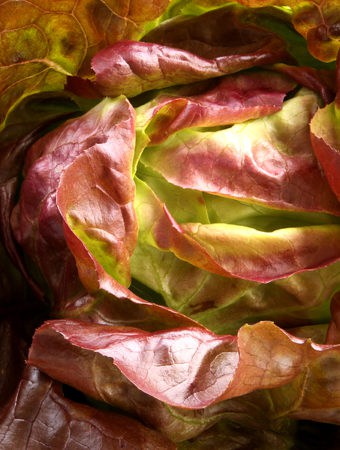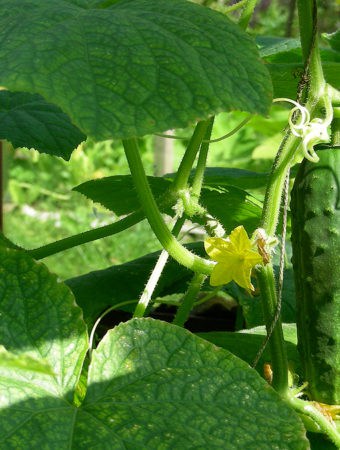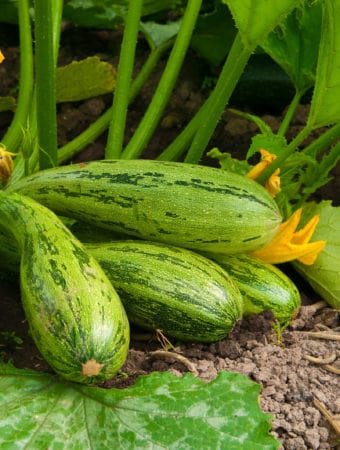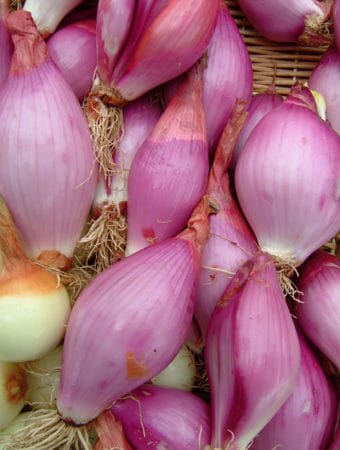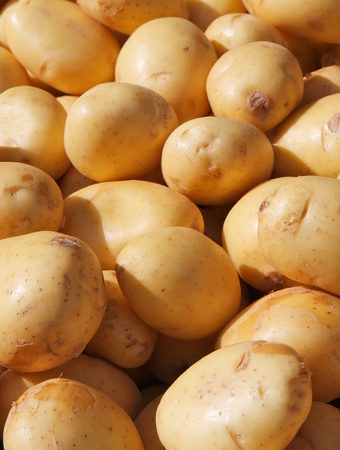Cardoon is a tender perennial vegetable often grown as an annual. Cardoon looks like a cross between burdock and celery. It is grown for its young leaf stalks which are blanched and eaten like celery.
Cardoon has heavy, gray-green, fuzzy leaves that are deeply cut leaves and a heavy, bristled flower head. Cardoon is a member of the artichoke family and can grow up to 4 feet (1.2m) tall and 2 feet (.6m) wide.
Carden Quick Growing Tips
- Sow or transplant cardoon into the garden 3 to 4 weeks after the average last frost date in spring.
- Start cardoon from seed indoors 6 weeks before transplanting it into the garden.
- Cardoon, which is grown for its young leaf stalks, will be ready for harvest 120 to 150 days after planting.
Related articles:
Garden Planning Books at Amazon:
- Vegetable Garden Almanac & Planner
- Kitchen Garden Grower’s Guide Vegetable Encyclopedia
- Vegetable Garden Grower’s Guide
- Tomato Grower’s Answer Book
Where to Plant Cardoon
- Grow cardoon in full sun; cardoon will tolerate partial shade.
- Plant cardoon in well-drained soil rich in organic matter. Prepare beds in advance with aged compost.
- Cardoon prefers a soil pH of 6.0 to 7.0.
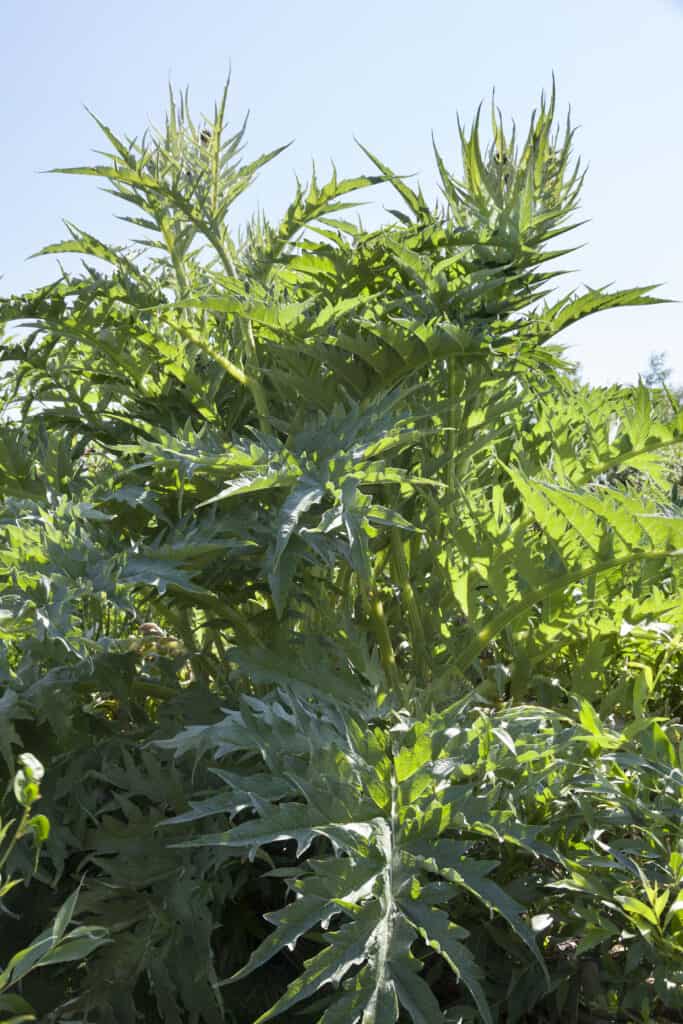
When to Plant Cardoon
- Cardoon is a tender perennial vegetable often grown as an annual.
- Set cardoon transplants in the garden 3 to 4 weeks after the average last frost date in spring.
- Start cardoon from seed indoors 6 weeks before transplanting.
- Cardoon seed germinates best at 75°F (24°C).
- Cardoon will be ready for harvest about 120 days after planting.
How to Plant Cardoon
- Sow cardoon seed ¼ inch deep.
- Thin cardoon from 18 to 24 inches (45-61cm) apart.
- Space rows 36 to 48 inches (76-122cm) apart.
- Yield: plant 1 or 2 cardoons for each household member.
Cardoon Companion Plants
- Grow cardoon with other perennial vegetables such as asparagus; not root vegetables or vines. It needs a dedicated growing space.
Container Growing Cardoon
- Choose a 5-gallon (19 liter) container or larger to grow one cardoon.
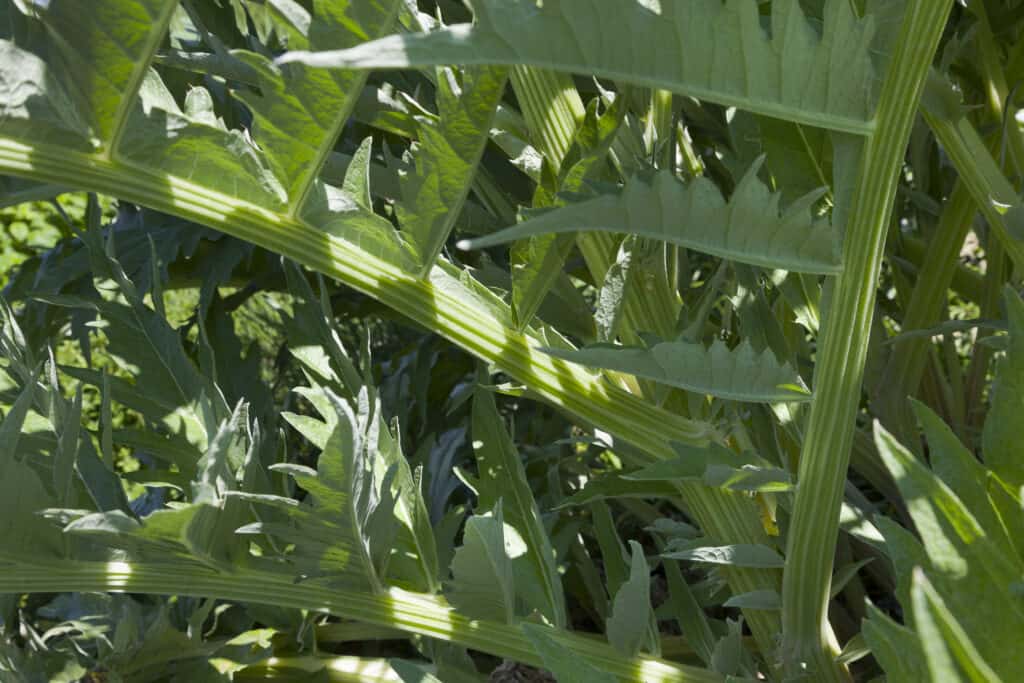
Watering and Feeding Cardoon
- Evenly water cardoon but allow plants to dry out between watering.
- Add aged compost to planting beds before planting and again at midseason.
Cardoon Care and Maintenance
- Cardoon is commonly blanched to improve the flavor and to make it more tender.
- About 3 to 4 weeks before harvest, when the plant is 3 feet (.9m) tall, tie the leaves together in a bunch and wrap paper or burlap around the stems to about 18 inches 45cm) high, or hill up soil around the stems.
Cardoon Pests and Diseases
- Aphids can attack cardoon. Pinch out infested foliage or spay aphids off plants with a blast of water.
- Cardoon has no serious disease problems.
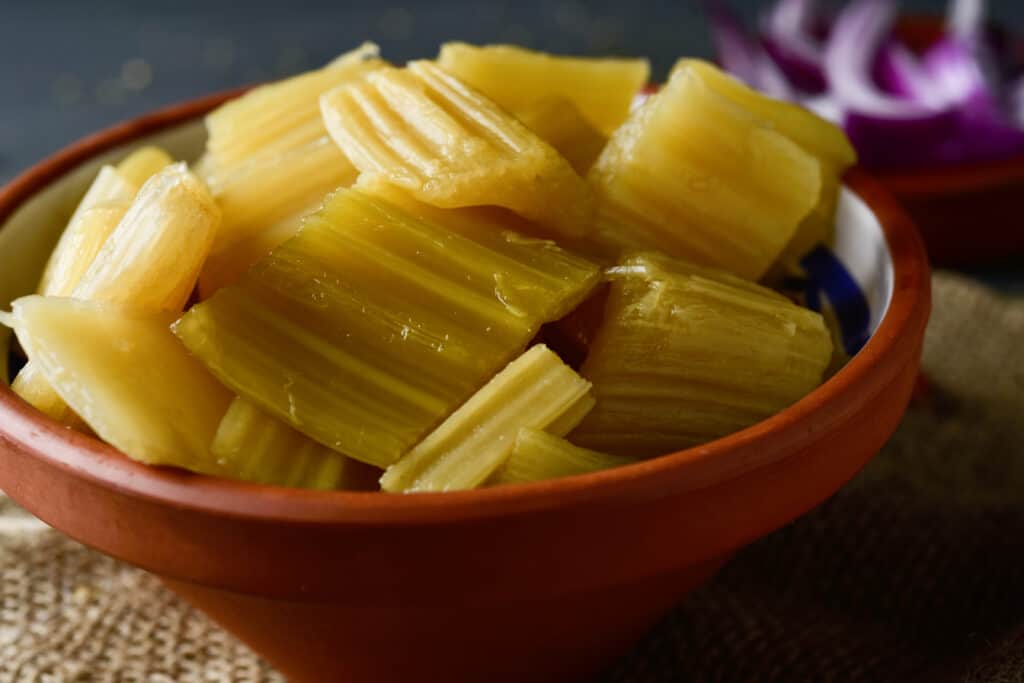
How to Harvest Cardoon
- Cardoon will be ready for harvest 4 to 6 weeks after blanching.
- Cut stalks off at ground level and trim away the leaves.
Storing and Preserving Cardoon
- Cardoon stalks will keep in the refrigerator for 1 to 2 weeks. Wrap them in paper or plastic.
- Cardoon can be frozen, canned, or dried; handle it like celery.
Cardoon Varieties to Grow
- Varieties: ‘Large Smooth’; ‘Large Smooth Spanish’; ‘Ivory White Smooth’. Grow any variety available in your area.
About Cardoon
- Common name. Cardoon
- Botanical name. Cynara cardunculus
- Origin. Europe
Related articles:
How to Plant Grow and Harvest Cardoon
Four Ways to Cook and Serve Cardoon
How to Plant and Grow Artichokes
How to Cook and Serve Artichokes
Artichokes and Mint Side Salad
Artichokes Steamed and Stuffed
Three Artichoke Dipping Sauces
Artichoke Growing Problems Troubleshooting
More how to grow articles:
Learn how to plant, grow, and harvest your favorite vegetables. Click below for all you need to know.
- Artichoke
- Arugula
- Asparagus
- Beans, Snap
- Beets
- Broad Beans
- Broccoli
- Brussels Sprouts
- Cabbage
- Cantaloupe — Melons
- Cardoon
- Carrots
- Cauliflower
- Celeriac
- Celery
- Chard
- Chayote Squash
- Chickpeas
- Chicory
- Chinese Cabbage
- Collards
- Corn Salad
- Corn, Sweet
- Cresses
- Cucumbers
- Eggplant
- Endive and Escarole
- Fava Beans
- Florence Fennel
- Garbanzo Beans
- Garlic
- Horseradish
- Jerusalem Artichoke
- Kale
- Kohlrabi
- Leeks
- Lettuce
- Lima Beans
- Melons
- Mizuna
- Mustard Greens
- New Zealand Spinach
- Okra
- Onions
- Parsnips
- Peanuts
- Peas
- Peppers
- Potatoes
- Pumpkins
- Radicchio
- Radishes
- Rhubarb
- Rutabaga
- Salsify
- Shallots
- Sorrel
- Southern Peas
- Soybeans
- Spinach
- Squash, Summer
- Squash, Winter
- Sunchokes
- Sweet Potato
- Swiss Chard
- Taro
- Tomatillo
- Tomatoes
- Turnips
- Watermelon
- Zucchini
Grow 80 vegetables: THE KITCHEN GARDEN GROWERS’ GUIDE



